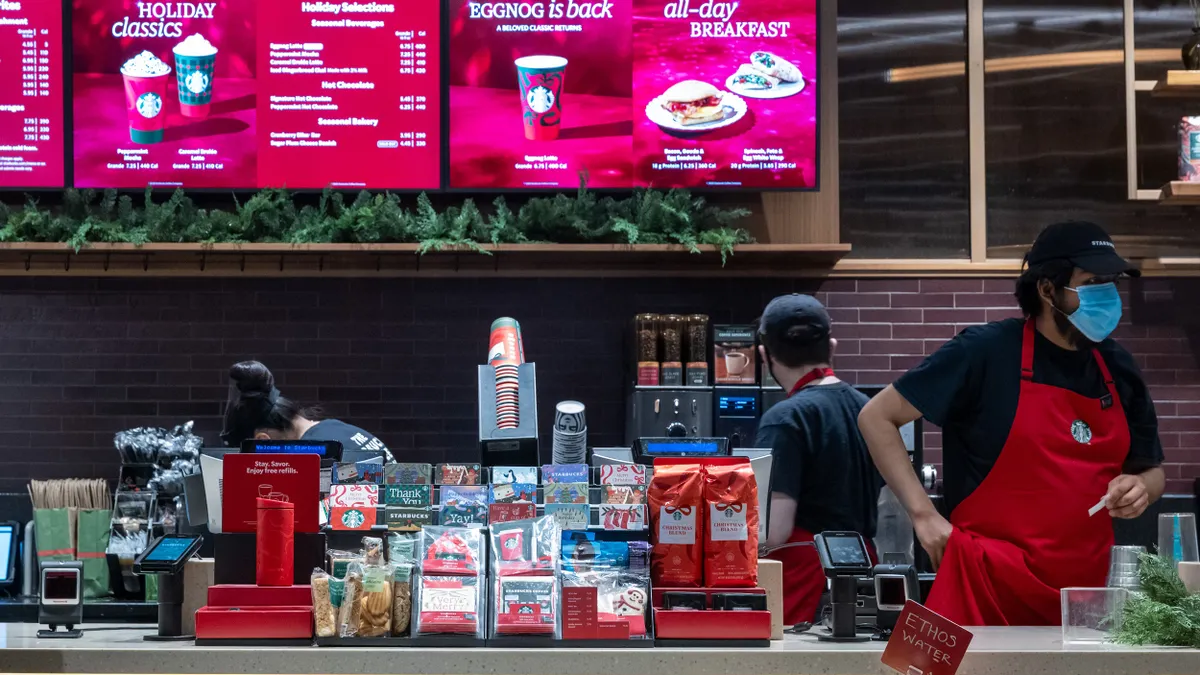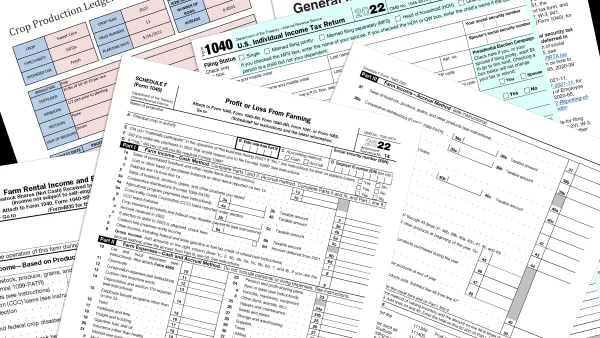When the pandemic hit, marketing and sales software company HubSpot made a strategic decision it couldn't have made without confidence in its cash flow forecast. It extended payment terms and advanced commissions to help its partners make it through the downturn.
"They knew their partner community was going to get hit hard from a cash flow point of view," Ron Gill, former CFO of NetSuite, said last week in a Tesorio webcast. "They came out of the other side with a much healthier community."
Confidence in its cash flow forecast was core to HubSpot's decision, because without it, it couldn't have known the impact on its own fortunes of giving its partners a break.
"Because they had their hands around it, they could estimate the impact of this and forecast how it would work," Gill said. "So, having confidence in your forecast can be strategic."
Business health
Cash flow forecasting isn't typically seen as a strategic tool. At its most basic, it's about leadership knowing whether the company has enough money to keep running. Can it meet its payroll and pay the bills? Once basic needs are met, knowing the company's true cash position can support higher-level decisions, like whether the company should raise capital. "Do we need to raise? When should we raise?" said Gill.
Because of the importance of an accurate cash picture, CFOs and treasurers typically rely, at least informally, on what's known as direct cash flow forecasting. That's a bottom's up approach that pairs real-time data from all of the company's bank accounts with its biggest cash flow items — generally its submodel accounts including payroll, accounts payable (AP), taxes, leases, accounts receivable (AR), or collections, and equity payouts.
"If you can capture 80% of these cash flows, you'll be forecasting better than most, so figure out what these biggest cash flow items are," said Paul Smithwood, director of data and AI at Bank of America.
Capturing that cash flow is easier said than done. The challenge is getting cash data from all sources on as close to a real-time basis as possible.
Key to resolving the challenge is forming strong interpersonal connections with what Stefanie Layne, director of treasury at Unity Technologies, calls the "Knows" — the people in each business area who know the sources, and the status, of the cash they generate or spend.
"Early on I meet with the Knows," she said.
In the typical three-month reporting cycle, she'll meet with these ground-level staff at the beginning of the first month, then the second month, then more regularly in the third month and then daily in the last week of the quarter.
"If your AP team is trying to extend terms, and purposely extending days payable outstanding (DPOs) from, say, 30 to 45 days, you must understand that because it dramatically changes your cash out the door," Layne said.
"Same with days sales outstanding (DSOs)," she said. "Is the selling philosophy changing? Maybe they're starting to do more long-term contracts or prepaying, so all those impact AR balances and DSOs. [You want to] partner with teams that are being measured by these numbers, how they're changing their business processes."
Then she meets with the CFO and the head of financial planning and analysis (FP&A), who's responsible for the official, external-facing forecast.
"Month one and two is more of a sanity check and sharing of ideas and learnings," she said. The goal is to know if actual cash is diverging from the forecast and, if so, why.
"If you budgeted $15 million for bonuses, and I only put in $10 million, how did you get your number?" she said. "So, it's a benefit to meet in months one and two."
By the time the last week of the quarter rolls around, the level of detail is so granular that the treasury head can then get the CFO or other key person to step in as needed to get cash in, or out, to reconcile the forecast with actuals.
"I can say, ‘Here's how we're trending,'" she said. "It looks like we need to push some AP out the door. Or it looks like we need to call some of these big customers, collect a little bit more money. So, having that real-time pulse, and setting expectations of the CFO [is important]. Having them help drive the final results is priceless."
Internal tracking
Real-time monitoring of actual cash coming in and going out is done on an informal, or at least internal, basis to help the finance and accounting teams have as true a picture of cash as possible, but it's the more formal, indirect method that companies use in the reporting that they release externally.
Deriving cash projections formally is considered more of an accounting exercise — a quarterly or annual reconciliation of net income to cash.
"The indirect cash flow statement is useless as a business tool," said Gill, "which is why most businesses just consume the burn, the number at the end. There's an irony that we all use this statement that's somewhat useless to the business."
The direct method, on the other hand, serves as a tool because finance staff can create a forecast that executives can understand and is actionable.
"If I forecasted we're going to pay $10 million to employees and we pay $9 million or $11 million, that's a variance everybody can immediately [appreciate] and immediately start to drill down into why," Gill said, "and learn why we missed it in our forecast. You iterate that way and get better and better. It makes more sense as a business tool."
There's always a divergence between projected and actual cash flow. Some partners are late paying their bill, or payroll increases because of new hires. At the end of the period, actuals of both the direct and the indirect must match up. But in the interim, the direct method produces the kind of forecast that decisions can be made against, the specialists said.





















